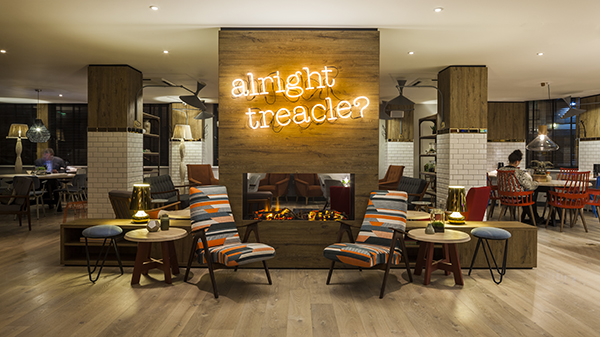Q&A with Blacksheep
Blacksheep is an independent, international and award winning design agency. Over the past twelve years they have developed an expert practice within the hospitality industry, collaborating with a broad range of clients to create iconic and remarkable projects.
DI sat down with the Blacksheep team to discuss through the expectations of the end user have changed and how they have seen sectors merge.
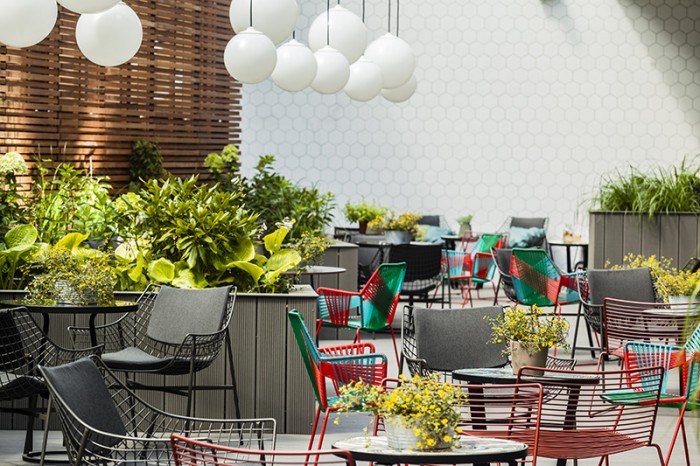
Blacksheep cover a range of projects from hotels to cafés, what have you seen as the biggest changes in what the end users expect from a space?
One of the biggest changes is that now the “space” encompasses not merely the physical but the digital too and a guest will undoubtedly experience the digital before the physical. How you engage and interact with them in both is critical. There are a myriad of ways they can assess and set their expectations before they even walk through the door and you had better deliver against them or they will hurt you online.
“One of the biggest changes is that now the “space” encompasses not merely the physical but the digital too”
We’ve also seen a huge shift in what people see value in within the hospitality industry. People seek experiences. You no longer require a gin palace to deliver exceptional service and a great product. In fact, the savings you make creating a space can be invested in delivering a memorable experience in things that truly impact the guest.
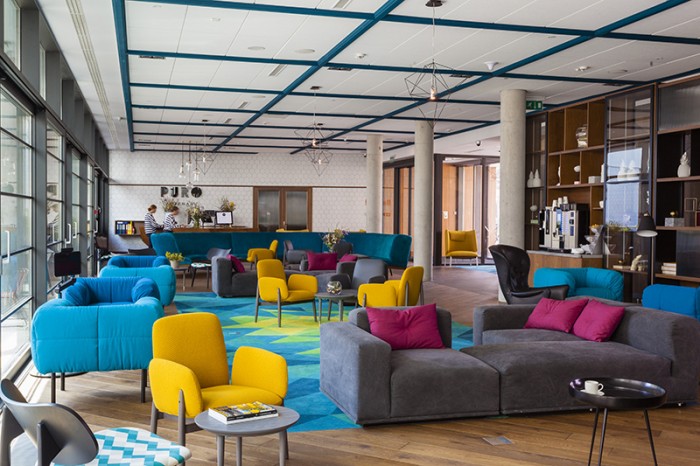
From a social aspect, why has this changed?
The industry is incredibly dynamic and progressive and has altered hugely as our behaviours and lifestyles have. The traditional, regimented lunch and dinner has seen a huge decline, we want to graze on the go. We are back around the table, less lying underneath it, as we prefer to eat out than stand in a pub meaning the ‘fast-casual’ sector has grown enormously. The explosion in travel means people have experienced with authenticity a dish and how it is served in its origin and expect that authentic experience back home.
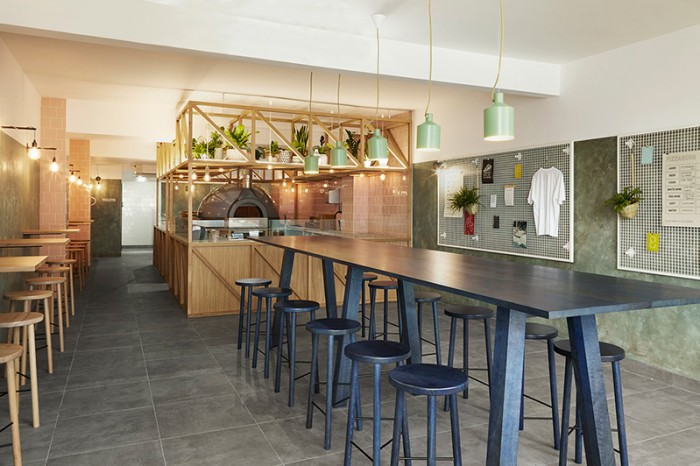
This month we are doing a big focus on how spaces have become very blended, what examples have you seen of this?
Across the studio at the moment we see this everyday. We are currently working on a space that encompasses a library, bakery and urban farm, whilst another team work with an FMCG brand creating a retail space working seamlessly with their food and drink offer.
Within your hotel projects such as PURO and Qbic how have you seen the hotel lobby evolve? What makes these spaces so dynamic?
Like the restaurateur that needs to ensure every cover and therefore square metre is a commercially success, the boutique and business hotel operator has the same need to be more commercially aware with their sqm’s. Therefore they have to create these transitional spaces with unique point’s of difference that make a social statement and have the commercial drive.
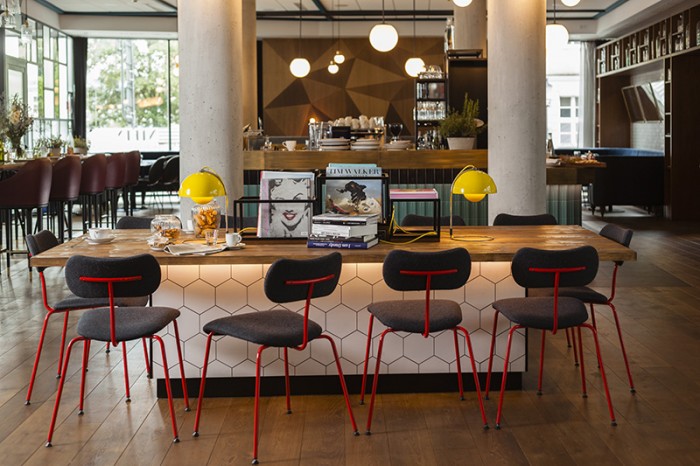
The evolution of this kind of hotel lobby is largely to reduce the need to have all the staff standing at a desk waiting for the guest allowing them to arrive unhindered and able to inhabit the space as if it were their home. Taking this staff road block away and allowing the customer journey to flow directly to the bar, the restaurant or their room, cuts the service needs of the guest and ultimately lends to the guest’s happiness.
“Taking this staff road block away and allowing the customer journey to flow ultimately lends to the guest’s happiness”
Lastly, as a design team where do you have your meetings?
Wherever a project takes us. Most recently to a karaoke room, a cabin in the Alps and camping in the desert.





